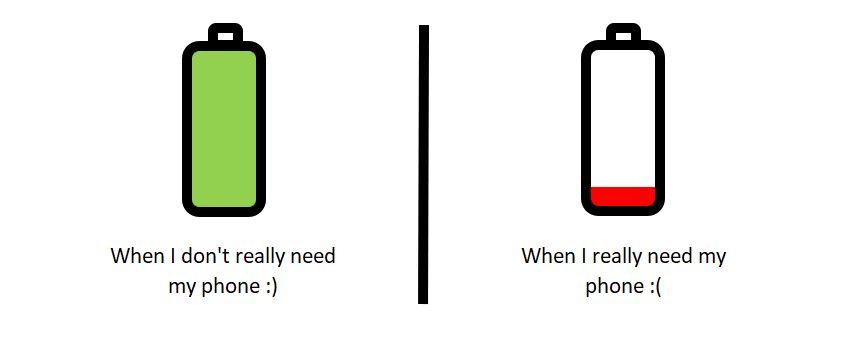
Problem Statement
Smartphones have become a ubiquitous presence in our lives. On average, people check their phones 58 times per day spending a staggering 3.25 hours on their phones every day. Smartphones have also improved in their performance and functionality in the last few years. Despite this massive gain in popularity and functionality in phones, one major issue still remains unsolved – ‘battery life’. In more technical terms, Moore’s law has outpaced battery technology, meaning that smartphones have gotten better and more powerful (demanding more power at a much faster pace) compared to the improvements in battery technology/energy density.
So, your next smartphone will be able to do everything faster than your current smartphone, but its battery will last only for a day or even lesser than that.
A quick sneak peek into the proposed solution
Smartphone companies like Apple, Google, Samsung, LG, and major smartphone operating systems like iOS and Android have done a fantastic job improving battery performance without degrading the user experience. Despite their efforts, the problem persists.
I am suggesting three software-level solutions to improve the ‘battery life’ of smartphones as per user needs.
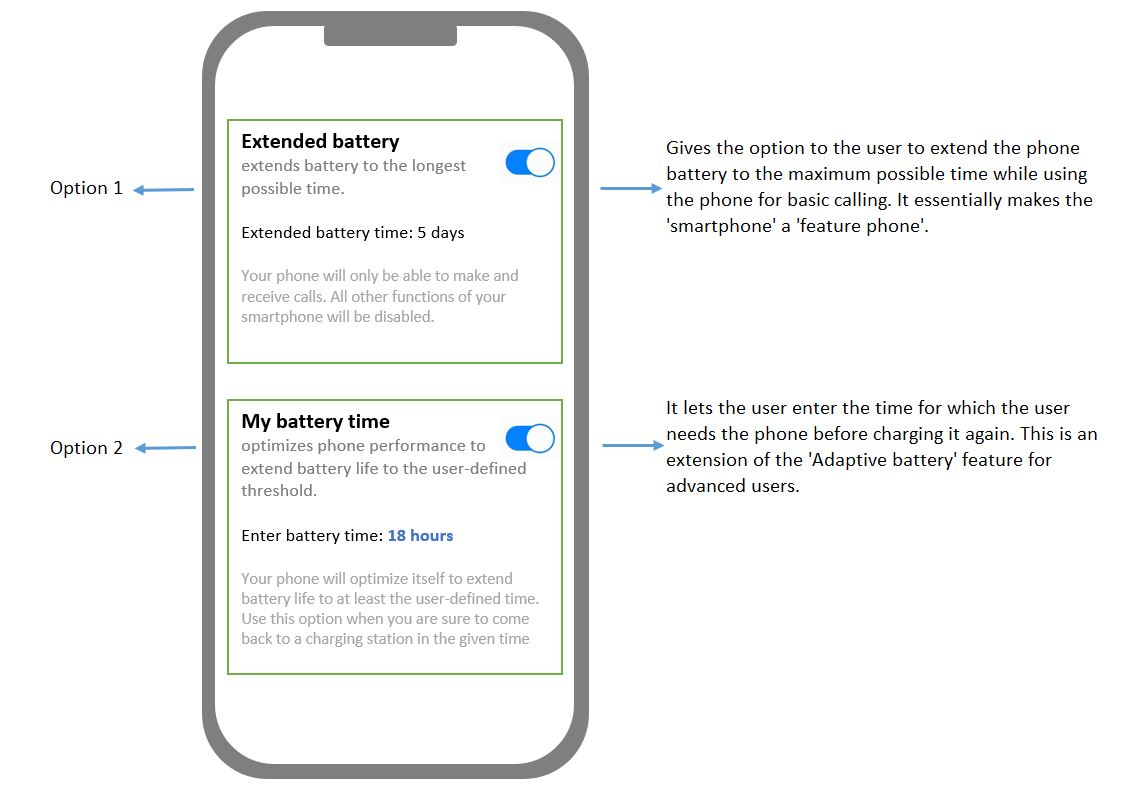
- Option 1- ‘Extended battery’ extends the battery life to the maximum possible extent. It suspends all the features of the phone except basic phone calls.
- Option 2- ‘My battery time’ optimizes the phone’s performance. It ensures the phone battery is available for the time/hours specified by the user.
Jump to the Proposed solution section for more details. You will find the third (bonus) solution there.
Why does this problem exist?
Before getting into the details, it is important to discuss Moore’s law.
An observation that the number of transistors on a microchip roughly doubles every two years, whereas its cost is halved over that same time frame
Gordon E. Moore
Moore’s Law states that every two years, the processing power of a microchip (let’s call it the processor of the smartphone) doubles while its cost is halved. These powerful chips with lower costs have been responsible for making smartphones better with time.
Now that we understand Moore’s law, let’s look at the factors affecting the battery performance of smartphones:
- Processing power: Chips powering smartphones have doubled in their processing capacity every two years. While this is good for phones but this has also led to increased power consumption.
- Volumetric Energy density: It describes the amount of energy that can be contained within a given volume. Energy density has only improved by a factor of half of the processing power. It has led to a gap in energy usage vs energy requirement in smartphones.
- Smartphone usage: Active smartphone usage has grown by ~10% every year, putting further stress on the phone battery. On top of it, passive smartphone usage(background apps, connectivity with smartwatches, etc) has increased multi-fold over the last few years.
This has led to a gap in ‘energy-consumption’ vs ‘energy-storage’ in smartphones.
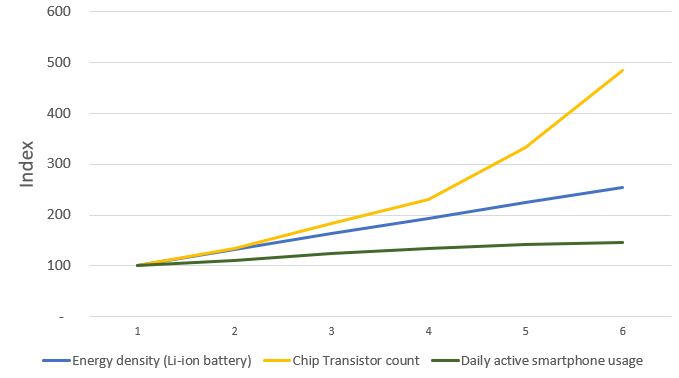
The above chart had been created with data from these sources: https://www.androidauthority.com/moores-law-smartphones-1088760/, https://insideevs.com/news/581729/volumetric-energy-density-ev-batteries-growth/, https://elitecontentmarketer.com/screen-time-statistics/
What has been done to solve this problem?
Smartphone companies like Apple, Google, Samsung, LG, and major smartphone operating systems like iOS and Android have done a fantastic job improving battery performance while keeping the user experience intact. Let us divide these solutions into hardware and software buckets.
- Hardware improvements
- Energy-saving interfaces
- Efficient processors
- Use of larger batteries (by increasing the phone size)
- Improvements in battery technology
- Wireless charging
- Fast charging/Quick charging
- Power banks (a boon or a bane?, I will leave it up to you to decide)
- Software improvements
- Options/Features like – gradient screens, inverted colors, power-saving mode, and others have been developed to improve battery life.
- Artificial Intelligence(AI) powered optimizations: AI is increasingly being used to optimize and improve battery management.
- AI algorithms are used to analyze a user’s typical phone usage patterns and adjust the device’s settings and power consumption accordingly. It helps to conserve battery life and extend the time between charges. AI is also used to predict when the battery is likely to drain out and suggest ways to extend its life, such as by turning off certain features or closing apps that are not used.
- AI is used to optimize the charging process by identifying the best time to charge the phone or adjusting the charging rate to minimize damage to the battery. By using AI to manage and optimize battery usage, smartphones improve their overall performance and extend their battery life.
Let’s look at a few examples of these features in popular smartphone devices.
Android (Samsung) power management settings
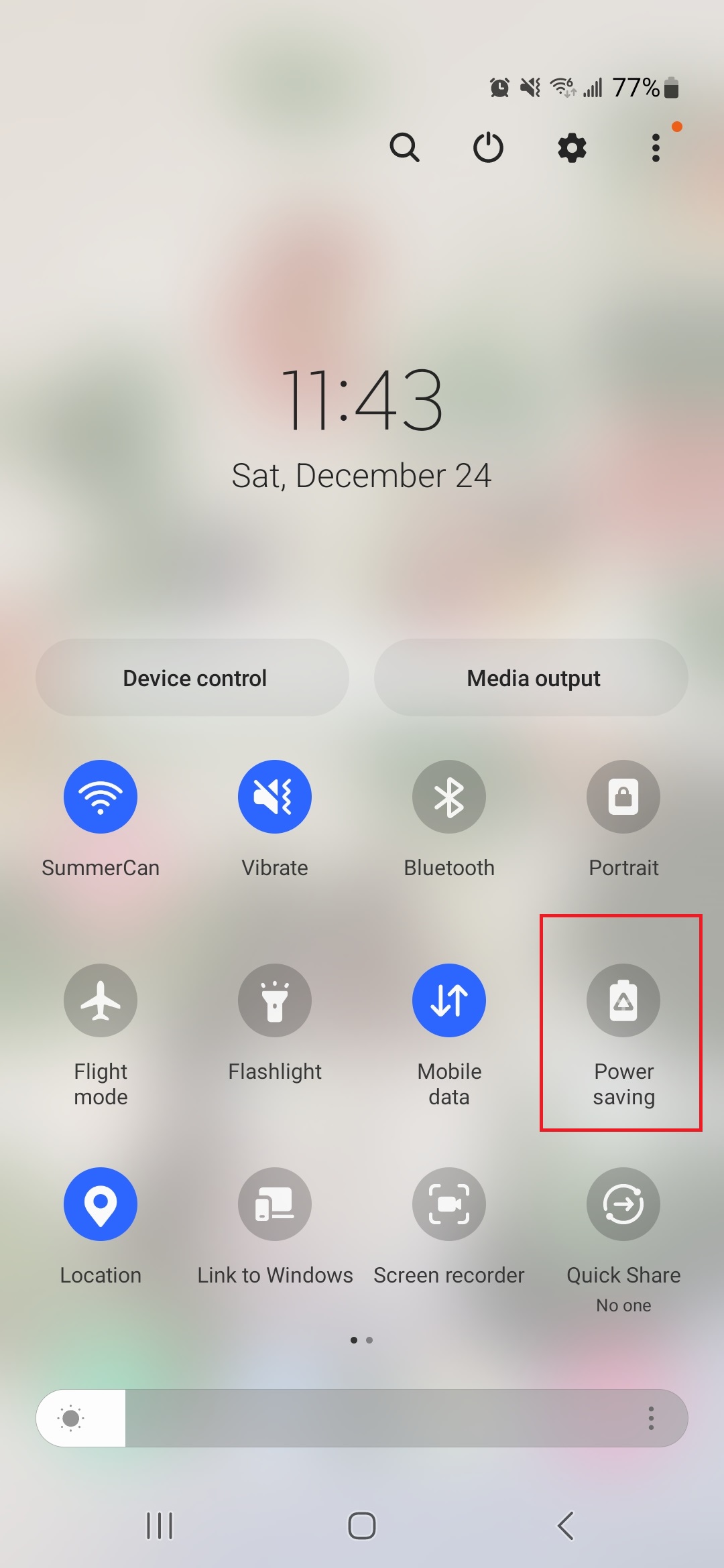
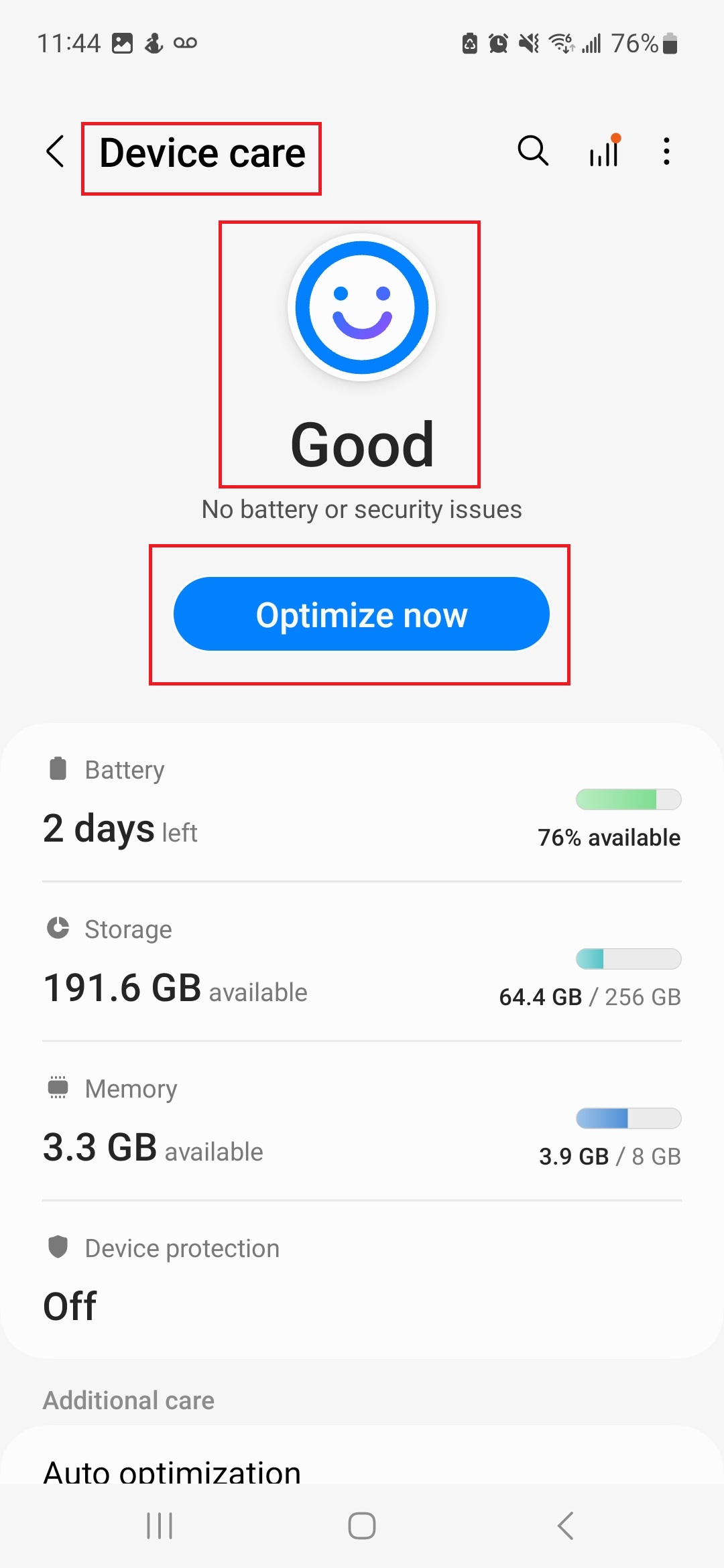
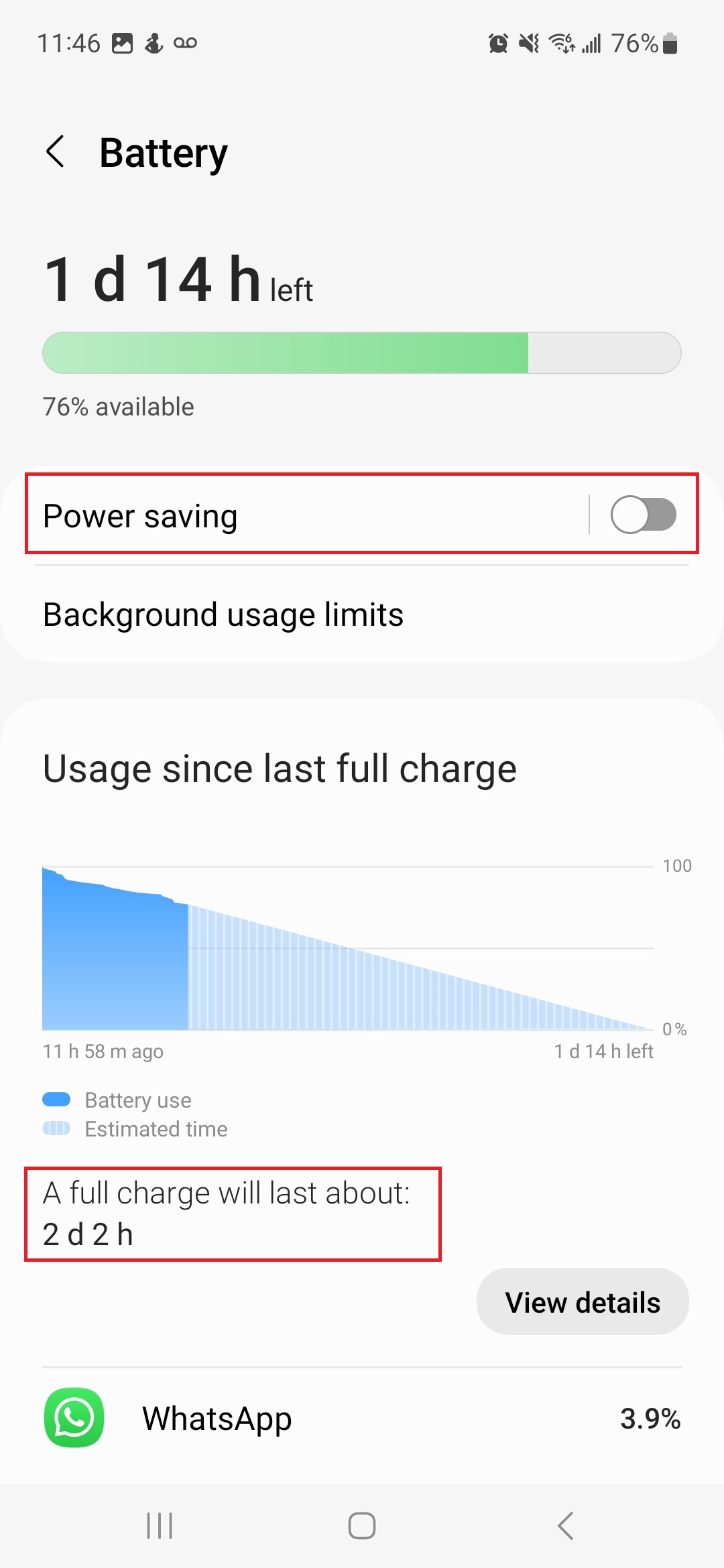
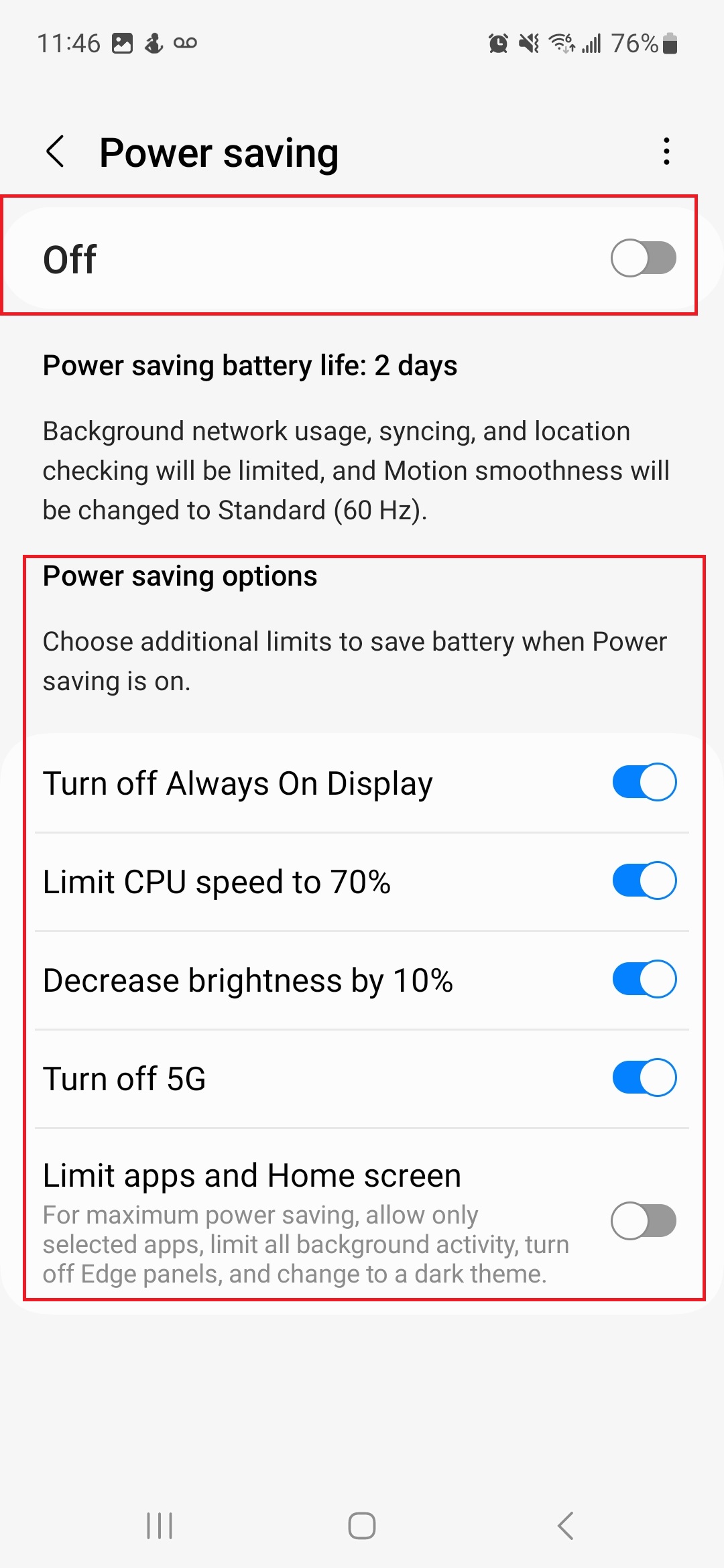
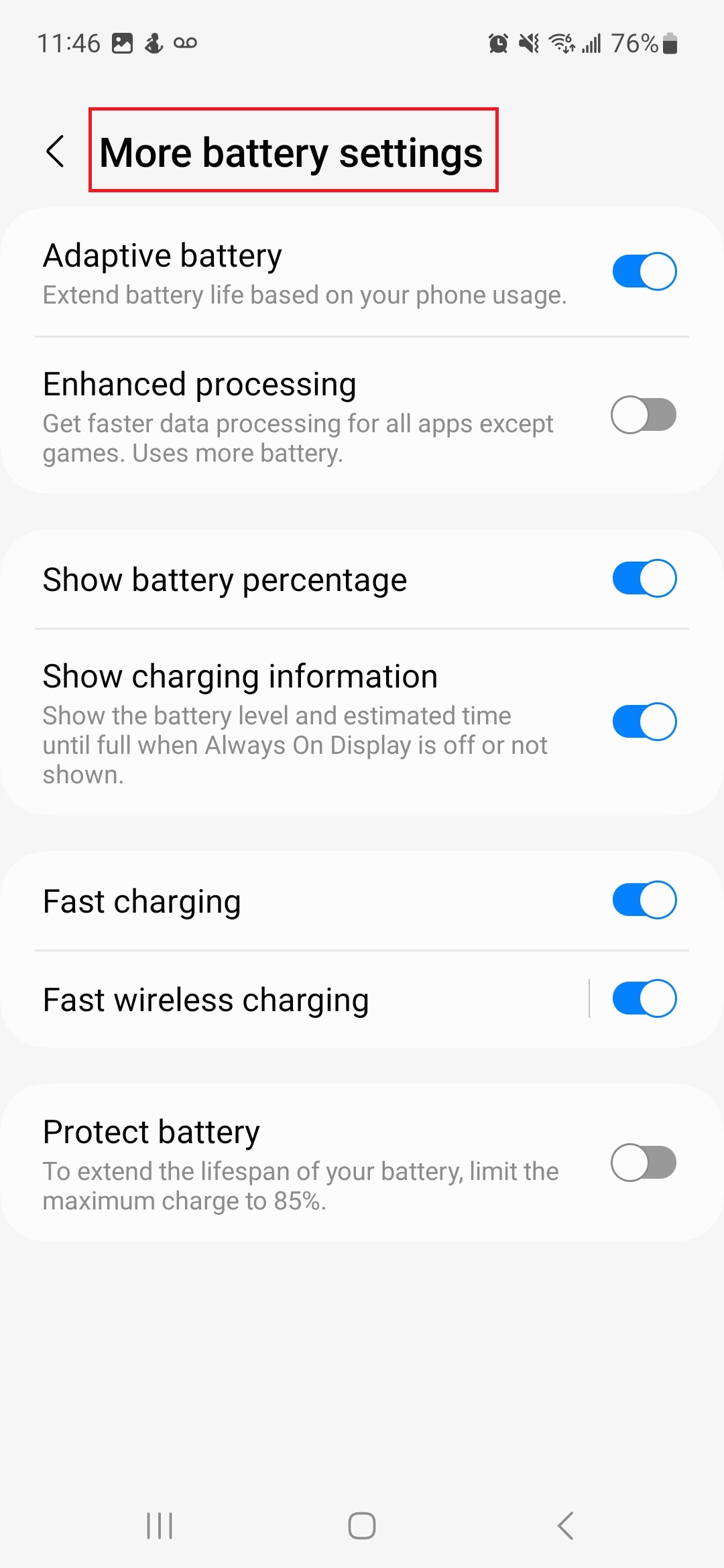
Android (OnePlus) power management settings
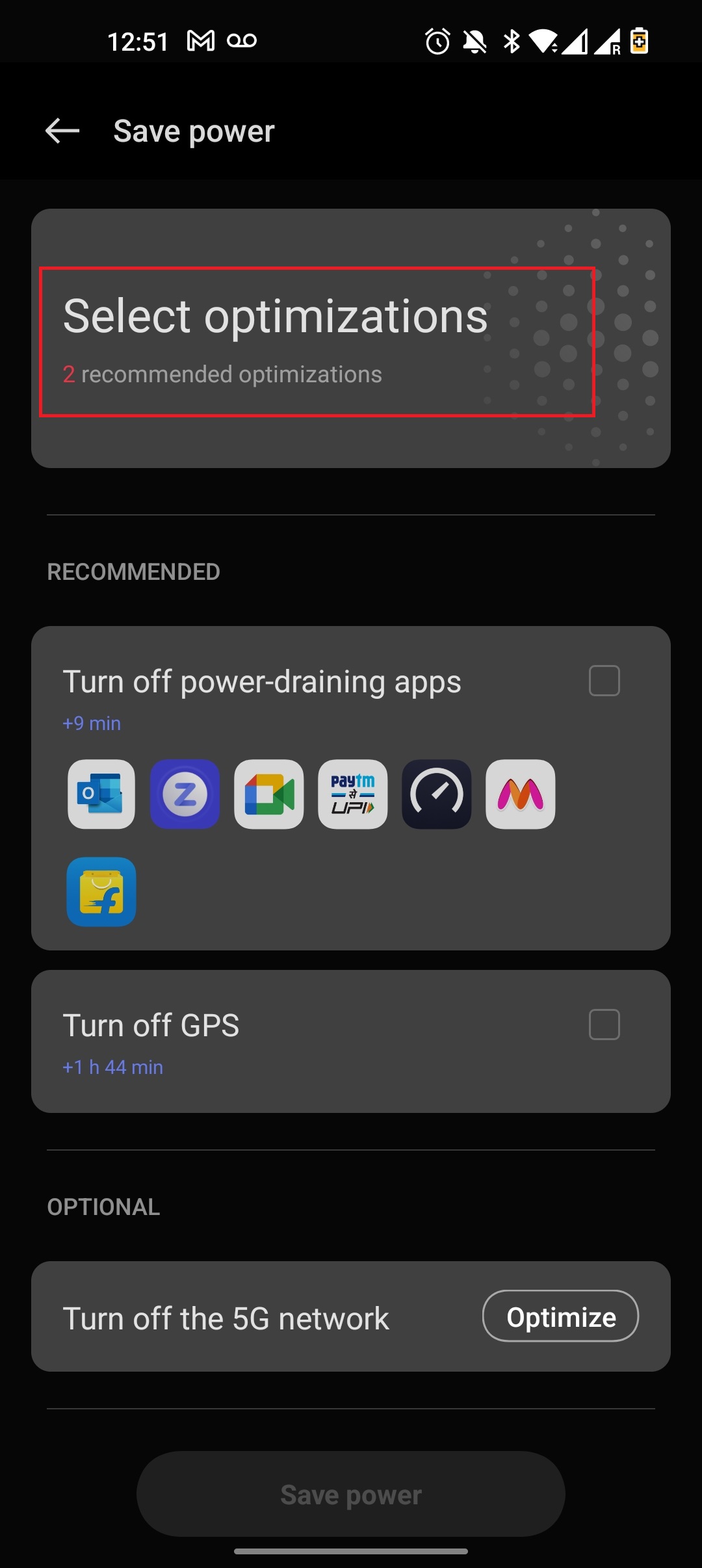
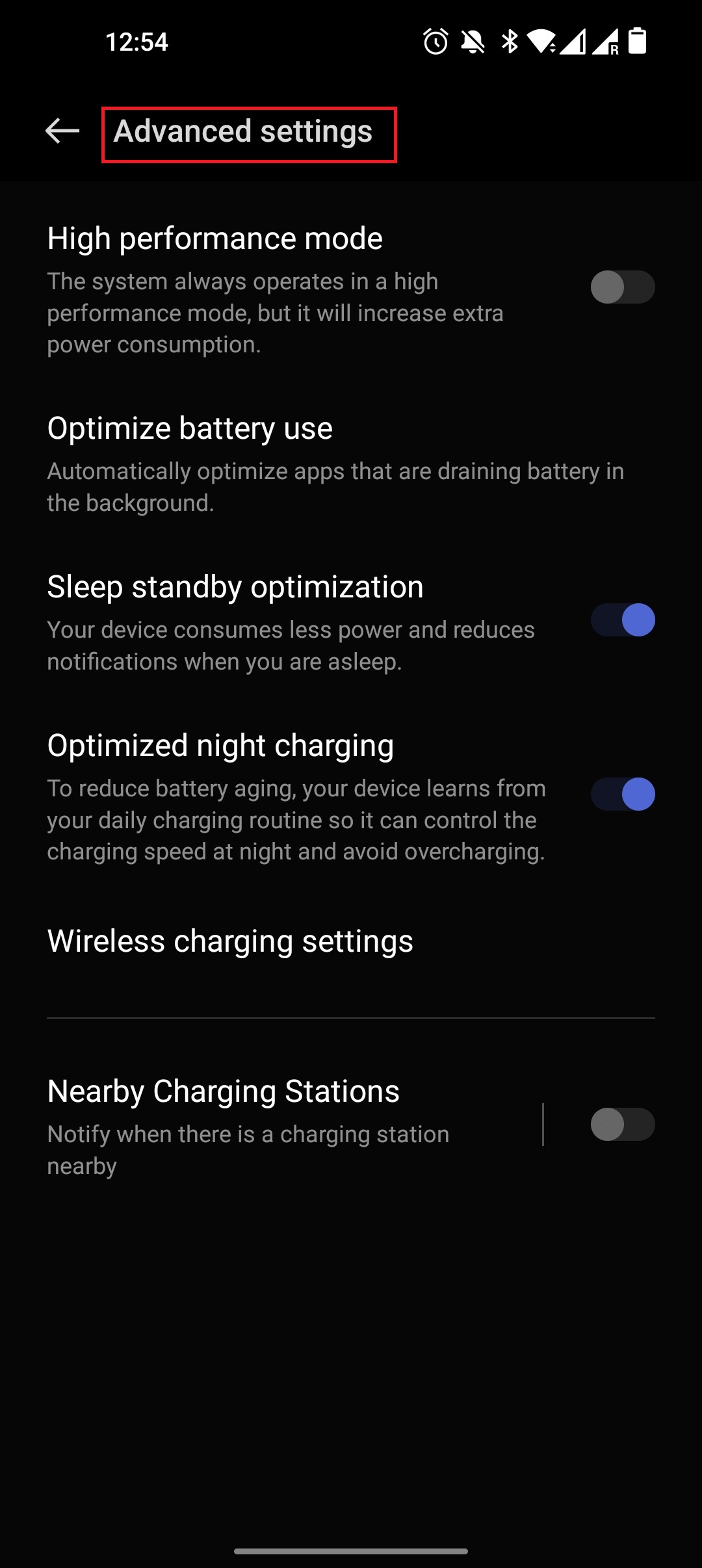
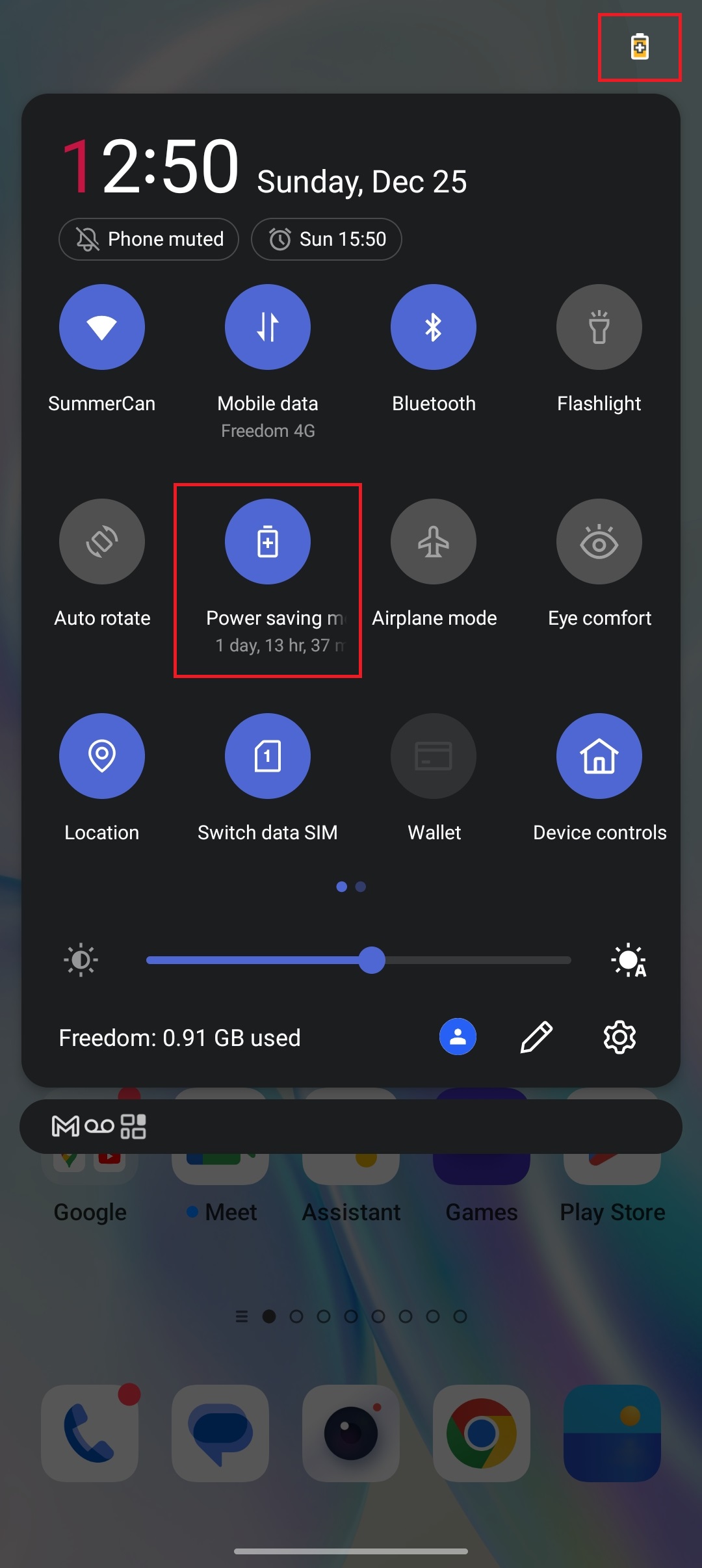
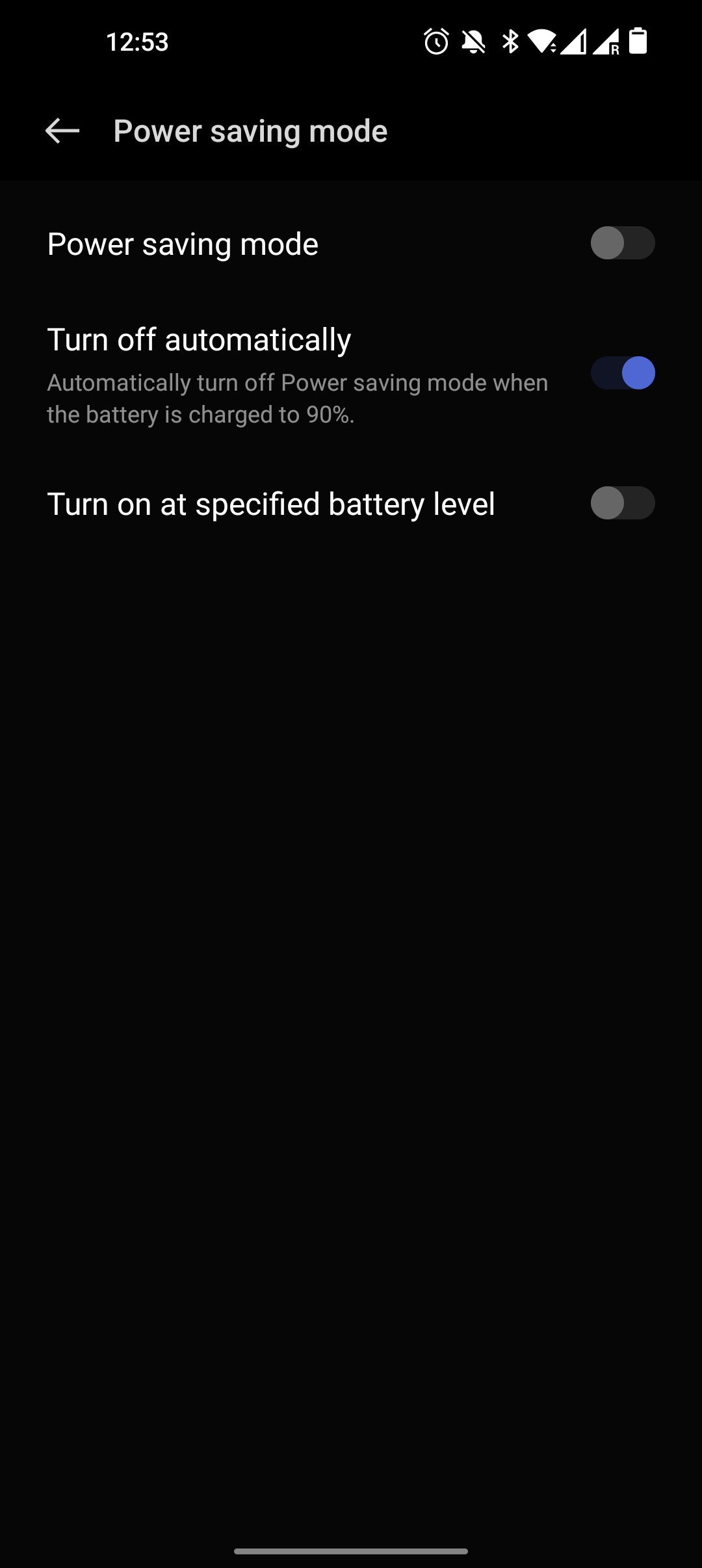
More battery settings to manage battery life
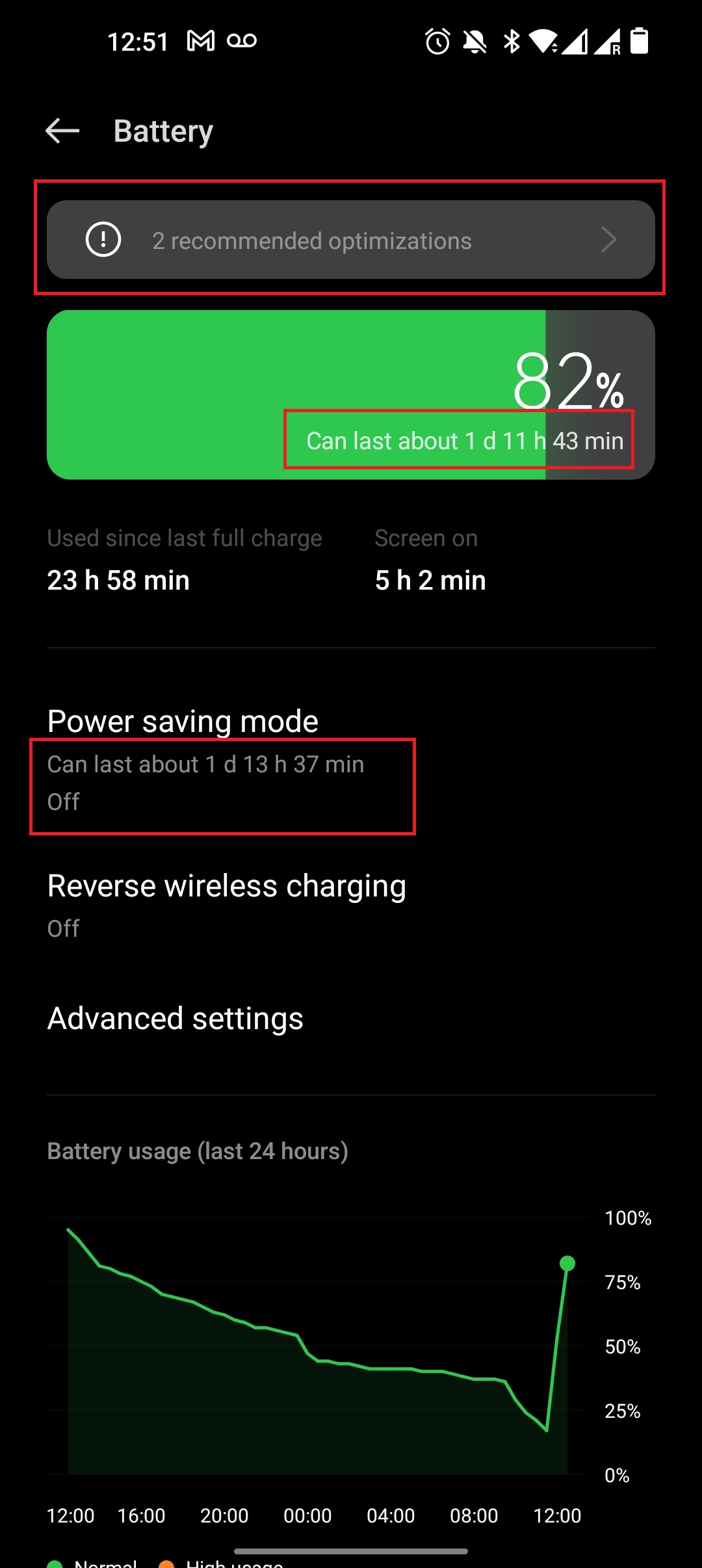
iOS (iPad) power management settings
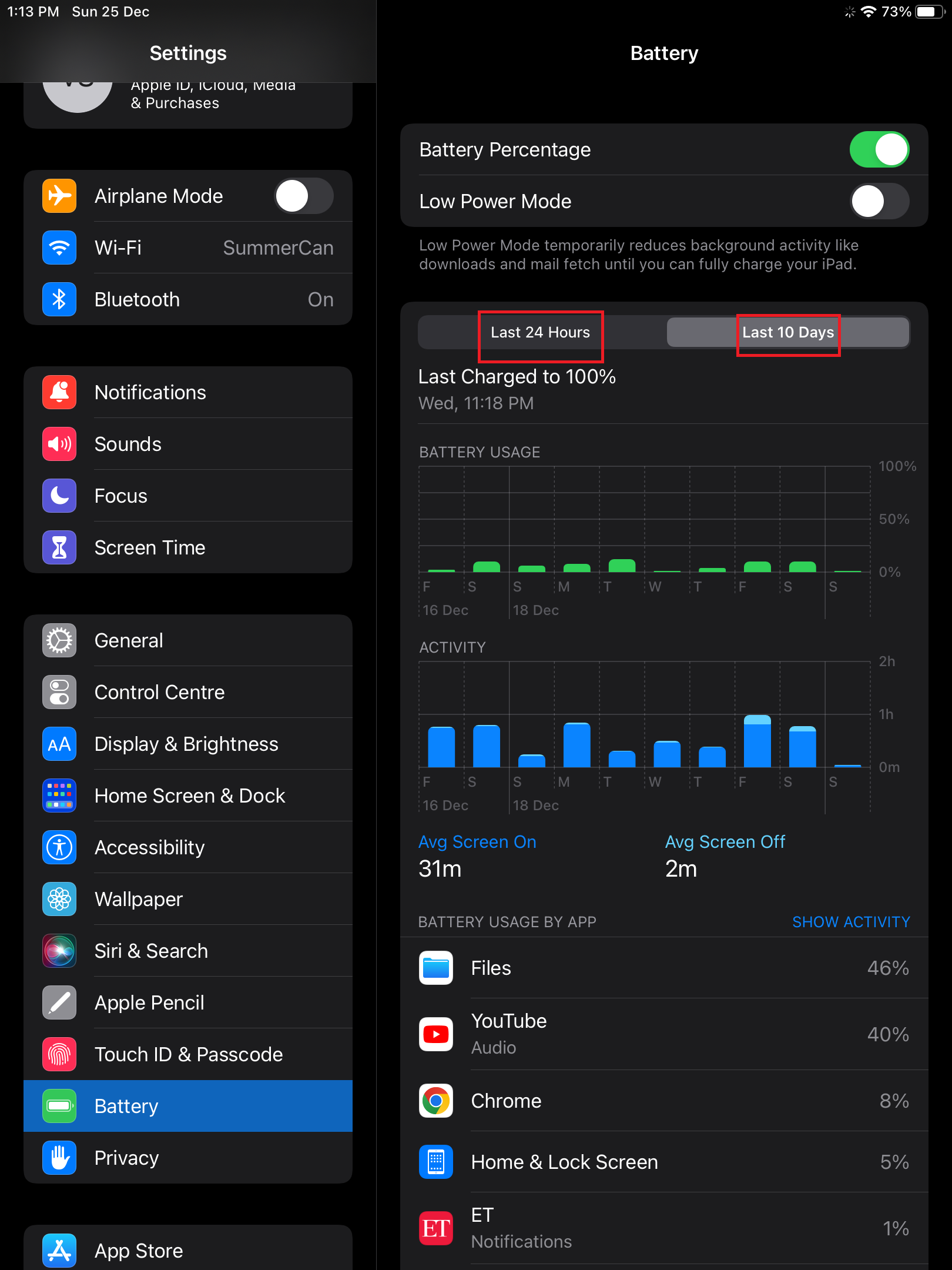
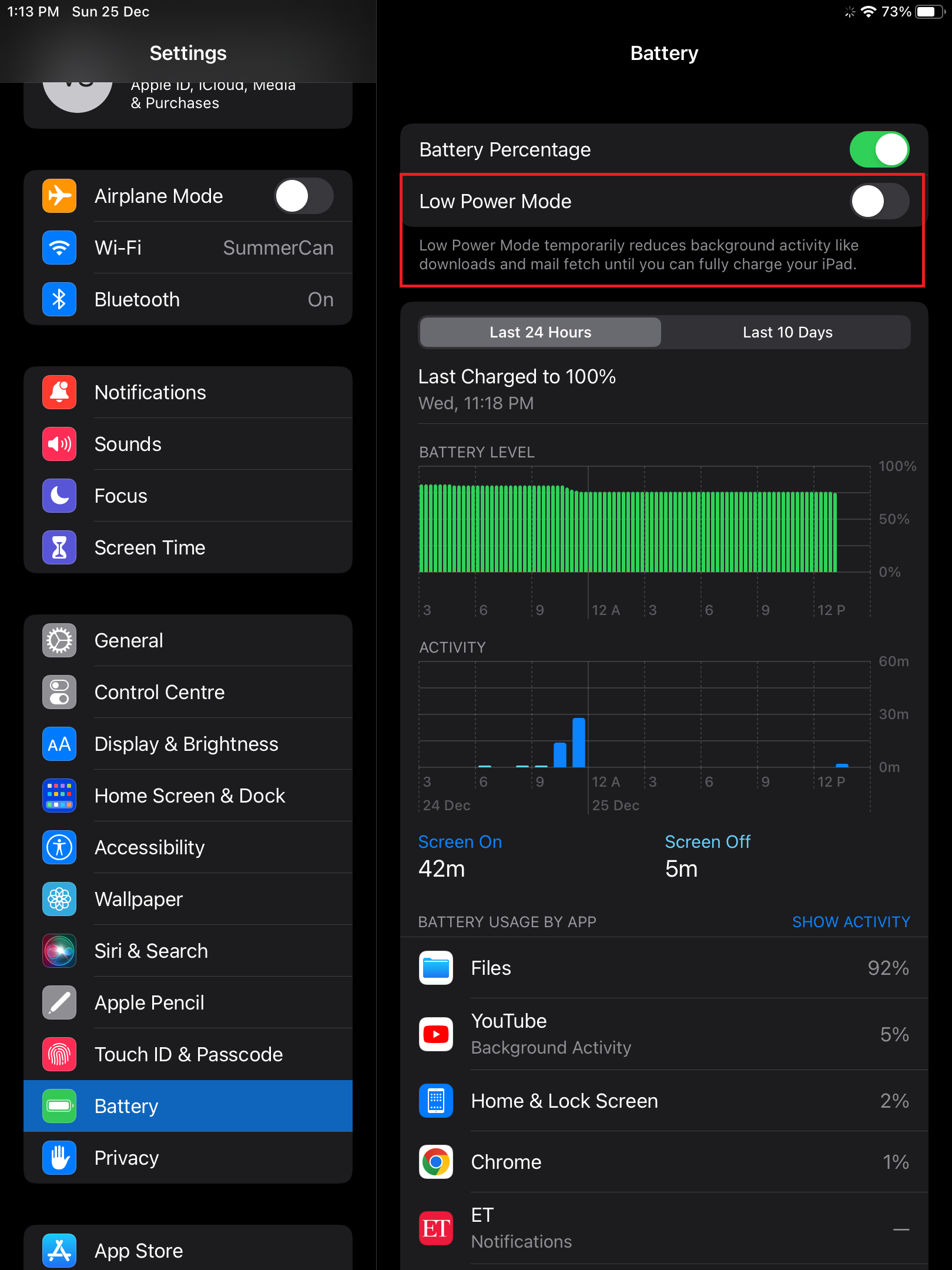
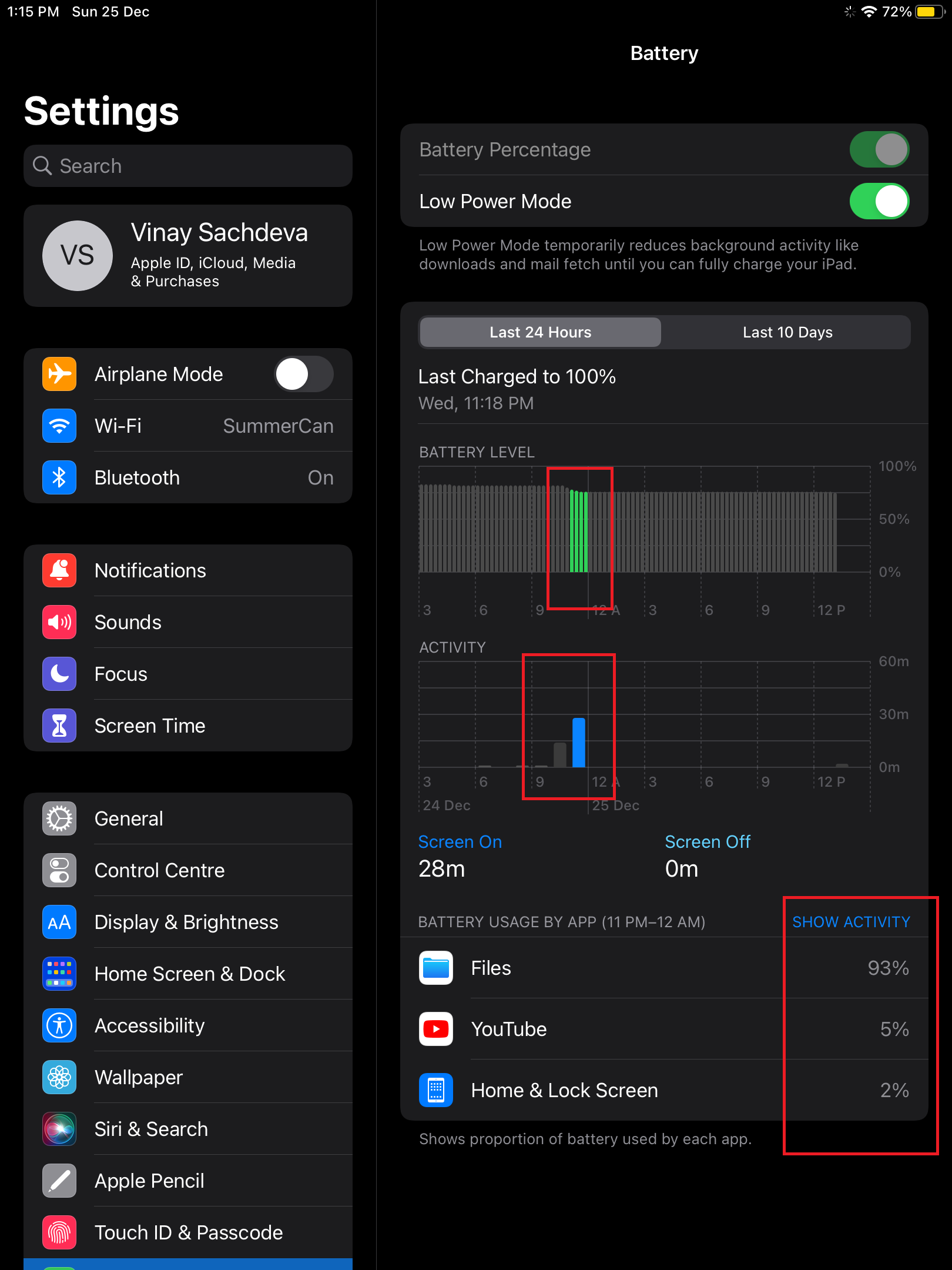
Proposed Solution(s)
It is clear that batteries are a limiting factor in smartphone performance. It is also clear that we can not increase the size of smartphones further to put bigger batteries in them. So, essentially energy density of batteries becomes a limiting factor(bottleneck) in smartphone performance.
Although advancements in battery technology, such as larger batteries and more efficient power management systems, have been made, the next significant improvement in energy density is likely to come from using different materials for batteries.
However, it may take some time for these new materials to be developed and implemented, and by the time they are available, our phones may have advanced to the point where they require even more power, potentially leading to the same limited battery life that we currently experience.
I want to propose three solutions (two from the sneak peek section and one bonus solution) to solve this. The line of thought might be a little bit controversial as these proposed solutions reduce smartphone capabilities. I would still go ahead and let the users decide if they want these features.

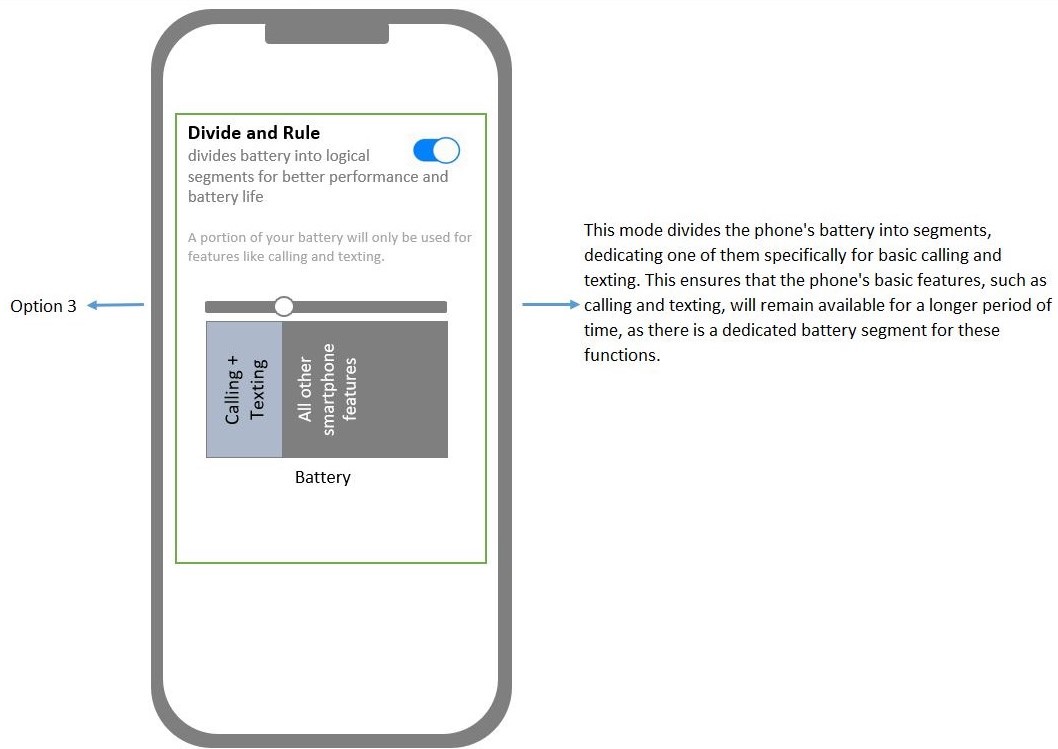
While the next generation of smartphones may be able to perform tasks faster, they may also have shorter battery life. Ideally, battery technology would improve to match the increased speed and capabilities of these devices. However, if we do not find a solution to this problem in the near future, we will need to come up with clever strategies to extend the battery life of our devices to meet our desired usage. Hence the three ‘clever’ options-
- Option 1- ‘Extended battery’ extends the battery life to the maximum possible extent. It suspends all the features of the phone except basic phone calls.
- Option 2- ‘My battery time’ optimizes the phone’s performance. It ensures the phone battery is available for the time/hours specified by the user.
- Option 3- ‘Divide and Rule’ mode divides the battery into segments and dedicates a segment for basic calling and texting purposes. It ensures that the basic features of the phone are available for a longer time duration as there is a dedicated battery for them. This can be extended further to charge the ‘calling’ portion of the battery first.
To wrap up, the industry is moving in the right direction and we will see many solutions emerge as it is a multi-billion dollar problem to crack.
Disclaimer: https://vinaysachdeva.com/disclaimer/. The opinions expressed in the blog post are my own and do not reflect the view(s) of my employer.